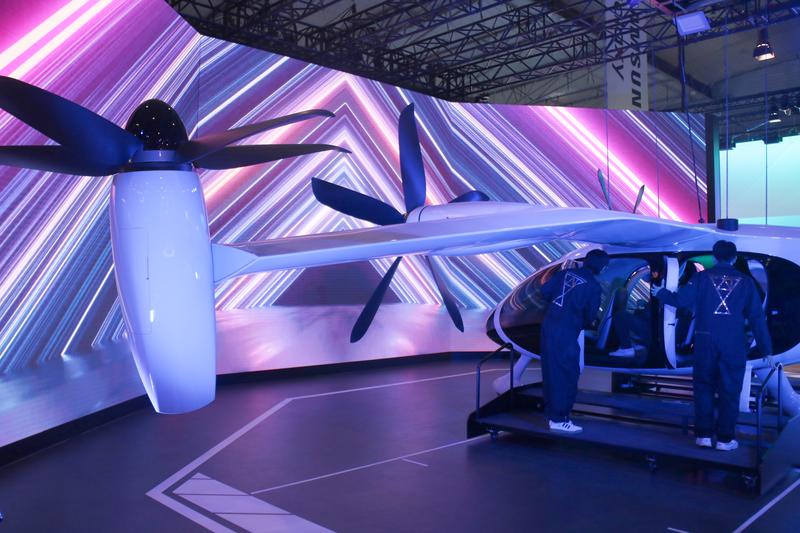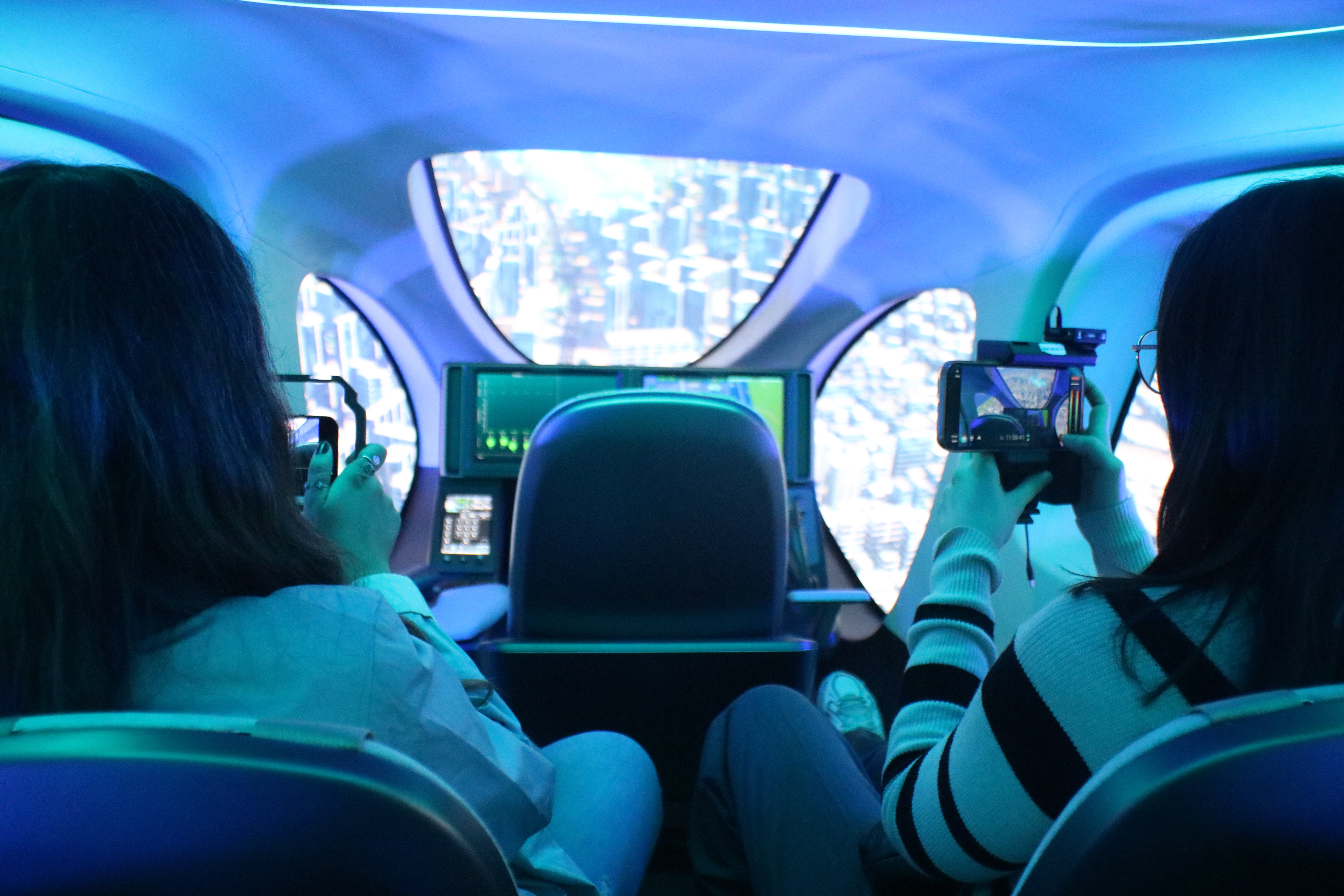Flying cars and urban drones: the future of transport at MWC24
AI leveraged in mobility sector to work as risk detection system and change course if necessary

The Mobile World Congress goes far beyond mobile technology, with the latest developments in technology from many different sectors on display.
Mobility and transport are another key area of study and work for companies, who this year are showing off a flying car prototype and an urban drone at the world’s biggest tech fair, taking place this week in Barcelona.
Such innovations seek to solve problems of traffic congestion, improve air quality, or offer alternatives to car journeys.
The flying car, produced by Alef Aeronautics, has already been certified to fly by the US Federal Aviation Administration (FAA) and is already accepting reservations from the first customers.

The vehicle, "a work of art" of engineering according to its creators, will hit the market in late 2025 with a price tag of $300,000. Only people with a pilot's license will be able to fly it.
Autonomous driving capabilities will not be available in the coming years due to regulatory limits, but "the idea is that this product should be affordable for the average household” Konstantin Kisly, co-founder of California-based Alef Aeronautics, tells Catalan News. “It will cost around $35,000 when mass produced."
With two types of flight mode, one vertical to make a short "jump" - taking off vertically - and one that changes the direction of the vehicle for long journeys, it is designed to take advantage of existing infrastructures. For long distances, the vehicle will have a range of 200 miles (320 kilometers) by road and about 110 miles (176 kilometers) by air.
“It drives and flies. Why is the driving part important? It’s actually not to change infrastructure [in cities],” Kisly says. “It’s point-to-point, you can drive on the regular roads, you can park it in the regular parking lots.”
Urban drones
South Korean company SK Telecoms share the vision of the future for urban air mobility, and they are displaying a life-size version of their flying urban drone at the trade show this week.
Like the flying car, the drone aims to make use of existing infrastructure, to be more practical in its rollout to the public. The urban drone will be capable of carrying four passengers. The drone is electric, can travel for about 30 minutes at high speed, and is isolated from noise.

Initially, a flight with this type of drone will cost between $3-5 dollars per kilometer, a price that will make it an exclusive product with company managers or politicians in mind, who "need to go to the airport very quickly," Zoe Choi, a company representative, told the Catalan News Agency. Another benefit of the invention is that it will reduce pollution and traffic congestion, Choi explains.
This urban mobility vehicle will also be equipped with a risk detection system based on artificial intelligence that will allow the route or schedule to be changed if problems are detected. At first, the flights will be piloted, but the goal is to reach autonomous flying in the coming years.